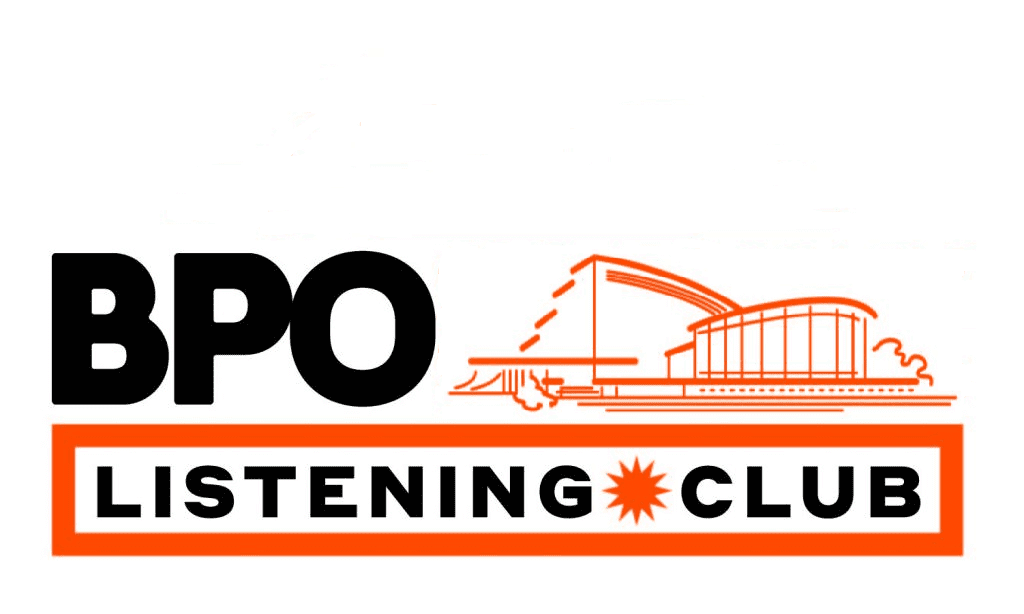
BEETHOVEN Sextet, Op. 81b
recorded at Brigham Young University
MENDELSSOHN Octet in E-flat major, Op. 20
performed by New England Conservatory students
PROKOFIEV Quintet in G minor, Op. 39
performed by Queensland Symphony Orchestra
Hey everyone, happy New Year! I hope everyone had a restful break from school. The BPO is back with more online concerts, starting this week with an all-chamber music program. This has never been done before, so I hope you enjoy getting to see the musicians close-up.
I’m going to start this week’s guide with a little anecdote. A few years ago, a highly anticipated game called Red Dead Redemption 2 (RDR2) was released. It received high marks from many critics, but not all. Several high-profile critics couldn’t get themselves to complete the game because they didn’t find the moment-to-moment gameplay very interesting, despite appreciating other features like graphical quality and voice acting. This started a conversation among the broader gaming community centered around this question: does a video game have to be fun in order to be appreciated?
I love that question, because it forces you to define what a video game even is. Of course video games are fun, right? But do they absolutely have to be? Can a video game still be appreciated even if the act of playing the game itself doesn’t provide joy?
I often ask myself questions like these in relation to music. As an advocate for classical music, it’s my job to help bridge the gap between old music and modern listeners. Bridging that gap requires knowing what music needs to be for people in order to enjoy it. For some people, music needs to be something you can dance to, and for others it needs to be emotionally satisfying. There is something else that we all expect though, a basic feature that is consistent throughout most of popular music and classical: an abundance of consonance over dissonance.
Let me explain. Consonance and dissonance are words used to describe the level of “agreement” between two different notes. As per usual, it’s harder to understand through explanation than through listening. Check out these examples and you’ll hear what I mean.
Hear what I’m talking about? There are certain distances, or intervals, between notes that sound nice together (consonant), and others that don’t (dissonant). It’s a feature of how our ears perceive overlapping sound waves. We humans fundamentally enjoy consonant sounds and disfavor dissonant ones.
Here’s the deal: consonance is the foundation of almost all the popular music you’re familiar with. It’s the meat of the dish, and dissonance is the seasoning. Dissonance flavors consonance; music that solely relies upon consonant sounds would be about as bland as an uncooked potato.
The arc of classical music history can be examined by how composers treated dissonance in their music. For the longest time, dissonance was something that always needed to resolve to consonance. This means that composers would only allow a dissonant interval to exist for a short amount of time before changing the notes to create a consonant sound. Here’s what I mean:
Composers were always experimenting with longer and longer held dissonances. After a certain point, around the turn of the 20th century, composers began asking themselves a similar question to what we began with today: “does music have to be mostly consonant? Does dissonance have to resolve to consonance?”
The music of the early 20th century is an anomaly; while classical music headed in this new dissonant direction, popular music did not. On the program tonight is the Quintet by Sergei Prokofiev, a piece I love and have played several times (chamber music written for bass is rare). In the grand scheme of things, this piece really isn’t all that dissonant – but it’s a far cry from Beethoven and Mendelssohn, that’s for sure. I, for one, love this style of writing. It opens music to a whole new world of color possibilities, and this piece creates exceptionally unique colors.
To finish this guide, I’d like to draw your attention to one movement of this piece in particular, the fourth movement. It’s the most dissonant of them all. The dissonance is largely generated by the bass and viola, which play notes that really do not agree. Why do I like this? I love how intentionally wrong it is. In my experience playing it, the clash of these two voices becomes irresistible, nearly intoxicating – instead of wanting the dissonance to relieve itself, you lean into it, like mixing many clashing colors together on a canvas. It’s tempting, even if the end result isn’t pretty.
So, ask yourself as you listen to this composition: does music need to have a lot of consonance in order to be enjoyed? I hope you find the answer to be illuminating.
Discussion Questions:
- What makes music enjoyable for you? Is it harmony, instruments, rhythm? Think of an example of something you find really enjoyable, and then try to find an example of another piece of music that lacks that feature. For example, maybe there’s a song that you really enjoy dancing to, and another that completely lacks a danceable element.
- Can you think of another instance of a piece of art or entertainment that you appreciated but didn’t enjoy? Think of films, literature, video games, or visual art.